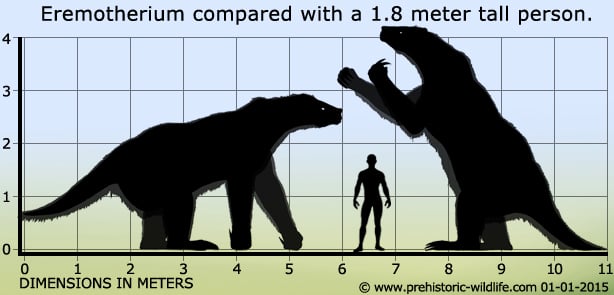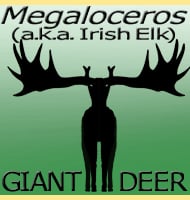In Depth
Further Reading
– Eremotherium laurillardi: the Panamerican late Pleistocene megatheriid sloth. Journal of Vertebrate Paleontology. – C. Cartelle & G. De Iuliis – 1995. – Eremotherium sefvei nov. sp. (Mammalia, Xenarthra, Megatheriidae) from the Pleistocene of Ulloma, Bolivia. – Geobios 30(3):453-461. – G. De Iuliis and P. A. Saint-Andre – 1997. – A new giant megatheriine ground sloth (Mammalia: Xenarthra: Megatheriidae) from the late Blancan to early Irvingtonian of Florida. – Zoological Journal of the Linnean Society 127:495-515. – G. De Iuliis & C. Cartelle – 1999.- A monodominant late-Pleistocene megafauna locality from Santa Elena, Ecuador: Insight on the biology and behavior of giant ground sloths. – Palaeogeography, Palaeoclimatology, Palaeoecology. 544: 109599. – Emily L. Lindsey, Erick X. Lopez Reyes, Gordon E. Matzke, Karin A. Rice & H. Gregory McDonald – 2020.











